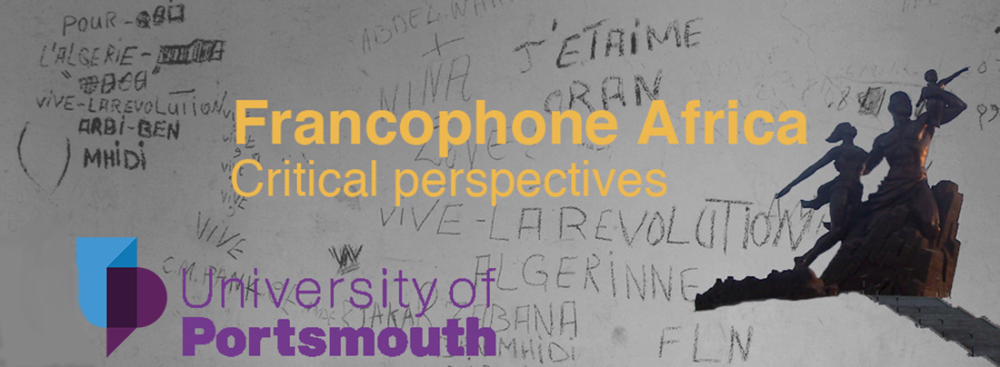The main political and economic developments in each of the 53 countries and territories of the region are comprehensively narrated and examined in the fully revised online edition of Africa South of the Sahara (the 48th in print). Readers’ perspectives are further expanded by the General Survey, a collection of introductory essays providing in-depth analysis of current economic trends, an assessment of aid and development initiatives over the past 100 years, an insight into the phenomenon of failed states and the repercussions of, and responses to, state failure in sub-Saharan Africa, an examination of the People’s Republic of China’s increasing political and economic ties with the African continent, details of the burgeoning relationship between Brazil and Africa, and a discussion of France’s ongoing involvement in Africa.
Tag Archives: Africa
WHO WAS BEHIND AFRICA’S FIRST COUP?
Why You Should Care: Because French meddling in African affairs has left a lasting, debilitating legacy.
“The night may be long but the day comes. And that big day, so much desired, now has arrived …”

Sylvanus Olympio, the first president of the independent Republic of Togo, was a gifted orator. This was clearly on display when he led the Togolese in the celebration of their independence in April 1960. He gave a fiery speech with ringing phrases like “masters of our destiny.”
Some people did not like his rhetoric, or him, at all. And 33 months later, they struck.
OLYMPIO WAS NEVER OUR FRIEND. JACQUES FOCCART, FORMER ADVISER ON AFRICAN POLICY TO THE FRENCH GOVERNMENT
The Atlantic Ocean sends its waves crashing onto the beach of the Togolese capital, Lomé, just as it did on the night of Jan. 13, 1963, when President Olympio was either sleeping or working on a speech he was going to deliver to his counterpart in Liberia, William Tubman. His house was separated from the beach only by a single road.
Versions of this story differ on details. But the main lines are clear.
Olympio, either sleeping or working, is disturbed, shortly after midnight, by a noise outside his gate. There is a heated discussion between his guards and up to 10 armed men in combat fatigues. The guards are quickly overwhelmed and Olympio, sensing danger, instructs his wife and other family members to hide. He leaves the house, climbs a wall and lands on the other side, which happens to be the garden and parking lot of the U.S. embassy. He hides in a car.
Meanwhile, the armed men — rebel soldiers, as it turns out — enter the house, find Dina Olympio and ask where her husband is. She doesn’t know. Elsewhere in the city, the coup is well underway: Almost the entire cabinet of ministers is under arrest, and the military camp of Tokoin has been in rebel soldiers’ hands for hours. But where is Olympio?
Still in that car.
The soldiers conclude that the president cannot be far away. Four of them scale the wall and head straight for the car where Olympio is hiding. They pull him out and, as day breaks, demand that he exit the grounds of the American embassy. He refuses, and an irritated officer shoots him three times. The first president of Togo was shot dead at around 7 in the morning. The rebel soldiers eventually put his brother-in-law, Nicolas Grunitzky, in the empty chair.
Who shot Olympio? A sergeant by the name of Étienne Gnassingbé Eyadéma, who was part of the predawn search party. There are other versions of the president’s death, but the identity of the assassin is widely accepted, especially since he admitted he had committed the crime to French and American reporters. The more controversial question: Who guided the rebel soldiers to that car?
And this is where things get murky.
Read more on OZY
of Togo, Sylvanus Olympio, poses at New York International Airport. SOURCE EXPRESS NEWSPAPERS/GETTY
